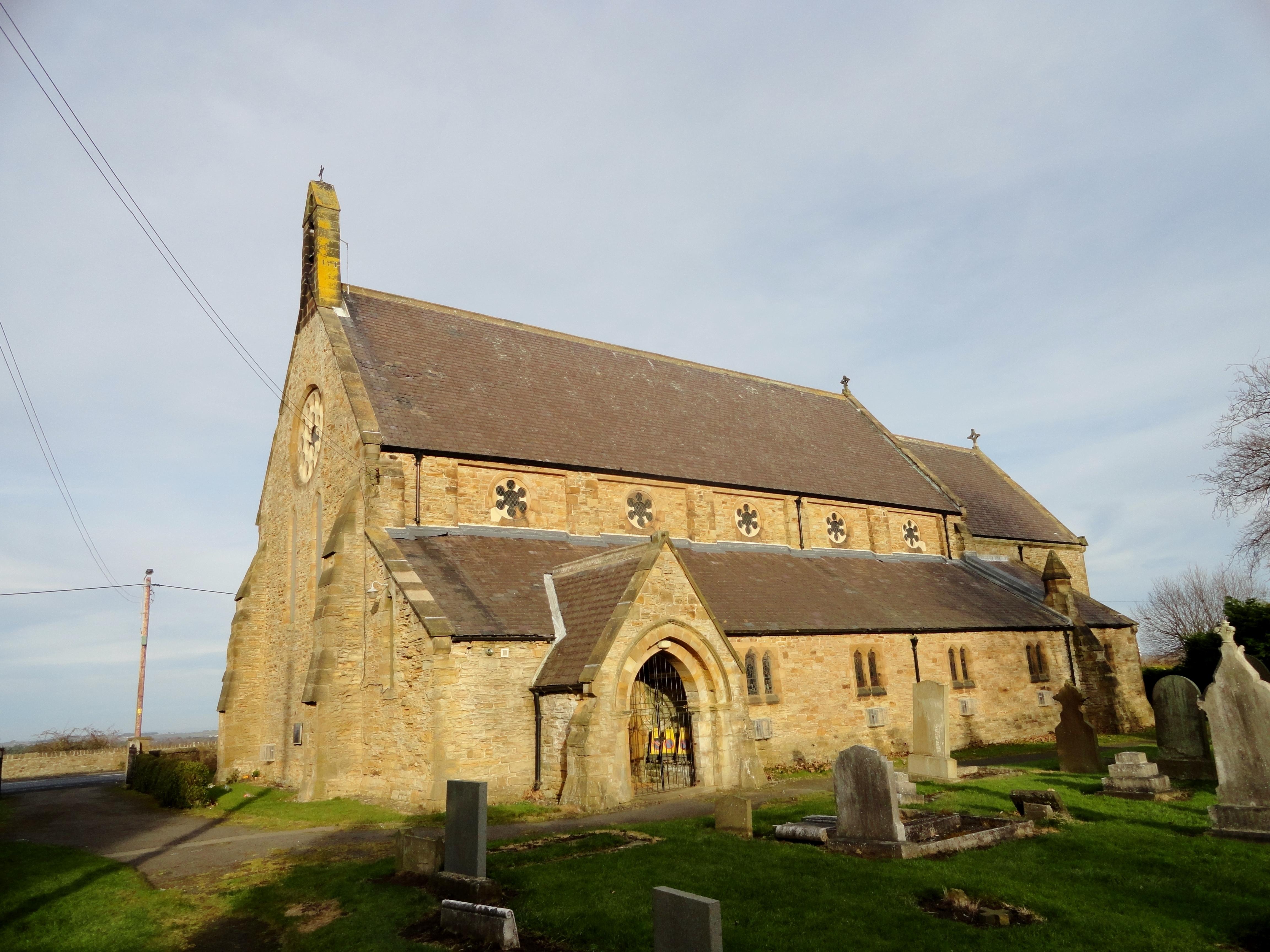Our Blessed Lady Immaculate
Blackhill, County Durham

St Ives is an early work (1868) by prolific architect Charles Hodgson Fowler, and its style is the plain 19th century reinterpretation of medieval Early English.
Leadgate, County Durham
St Ives was designed the architect Charles Hodgson Fowler, and is constructed in local sandstone with Welsh slates to an aisled (north and south) nave with south porch, and chancel with south aisle. Its style is the plain nineteenth century reinterpretation of medieval Early English, which this Architect favoured, with cusped lancet windows, circular windows with plate tracery to the clerestories and west gable, and simple chamfers to the arcades.
The churchyard is large, now closed, but contains many headstones including 14 commonwealth war graves.
Leadgate itself stands high in the northwest corner of County Durham, straddling the line of the Roman Road, Dere Street. St Ives is at the most exposed location in the village at 731 feet above sea level. The settlement greatly expanded in conjunction with the growth of the steel works in nearby Consett and the associated numerous coal mines in the vicinity. The steel works shut in 1980 along with the coal mines, and replacement employment has been of a different character; and, together with less expensive housing, commuting to nearby Tyneside now characterizes the village.
Blackhill, County Durham
Ebchester, County Durham
Founded in the late 12th century under Bishop Puiset of Durham, it was built on land granted by the Diocese to Sherburn Hospital for sick brethren to convalesce.
Lanchester, County Durham
Founded 1147 with Roman pillars and altar, medieval glass and misericords.